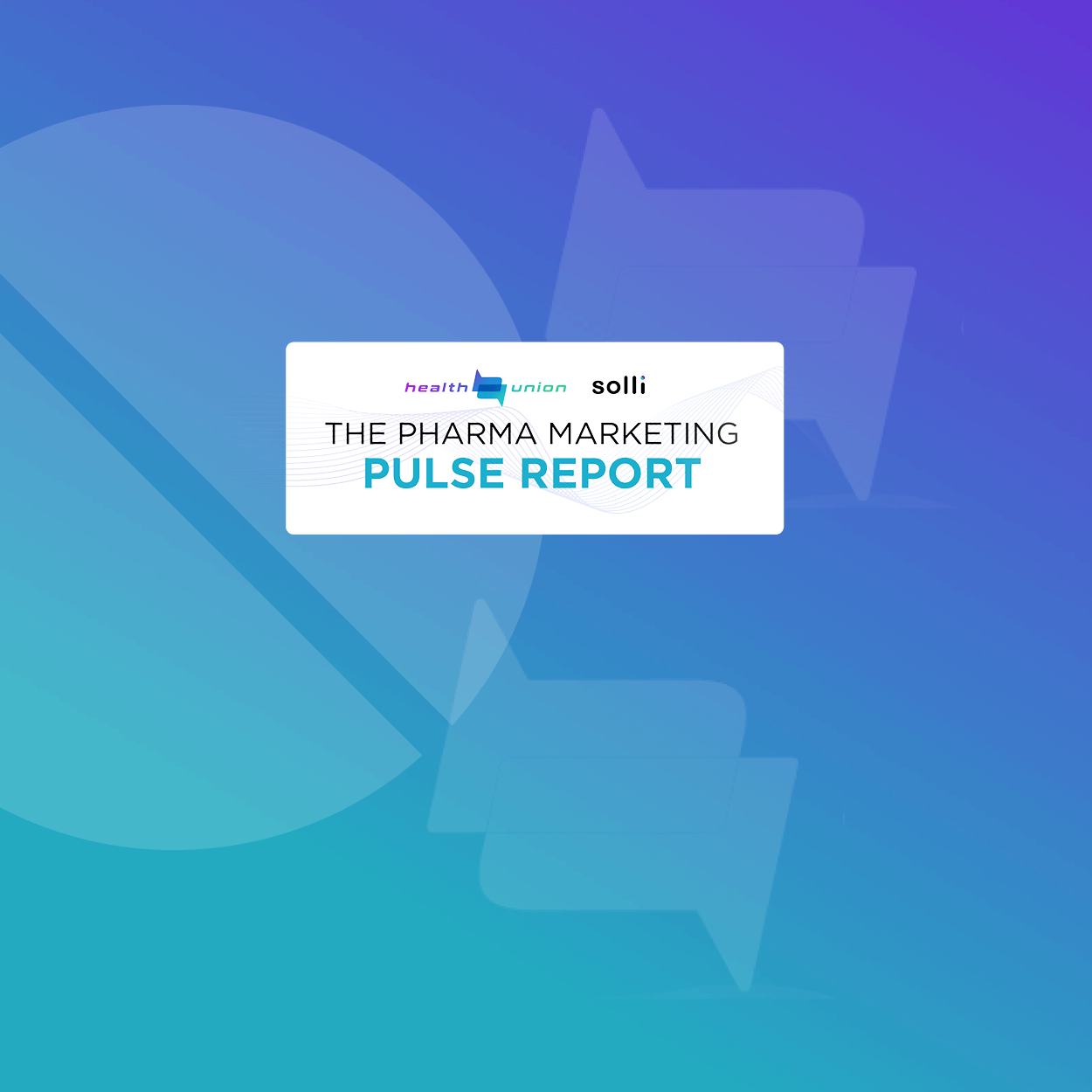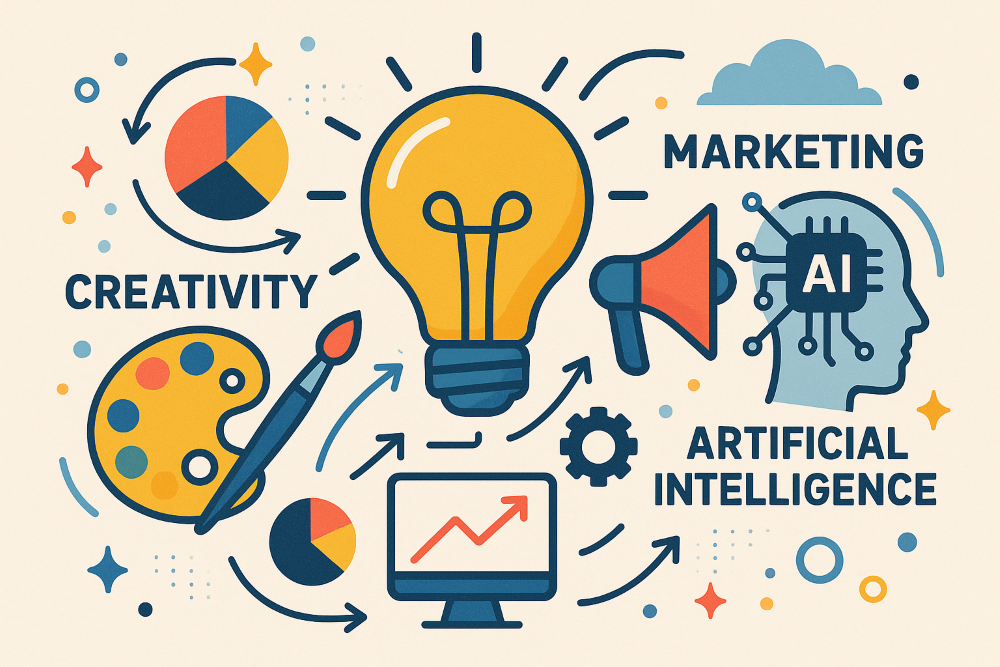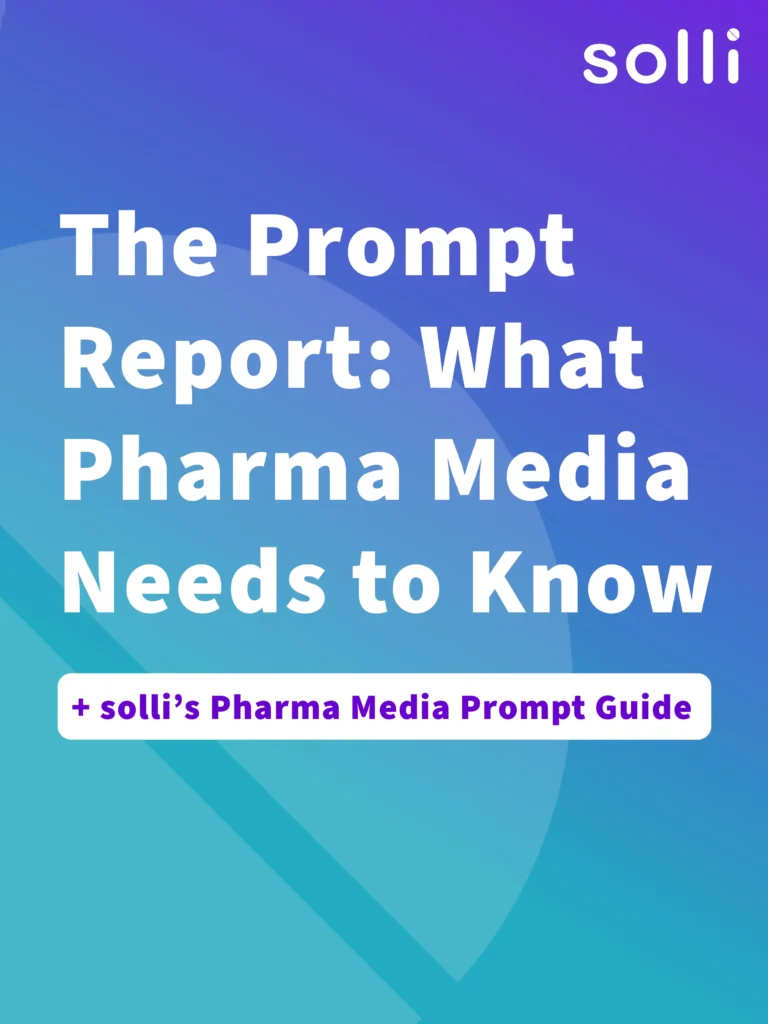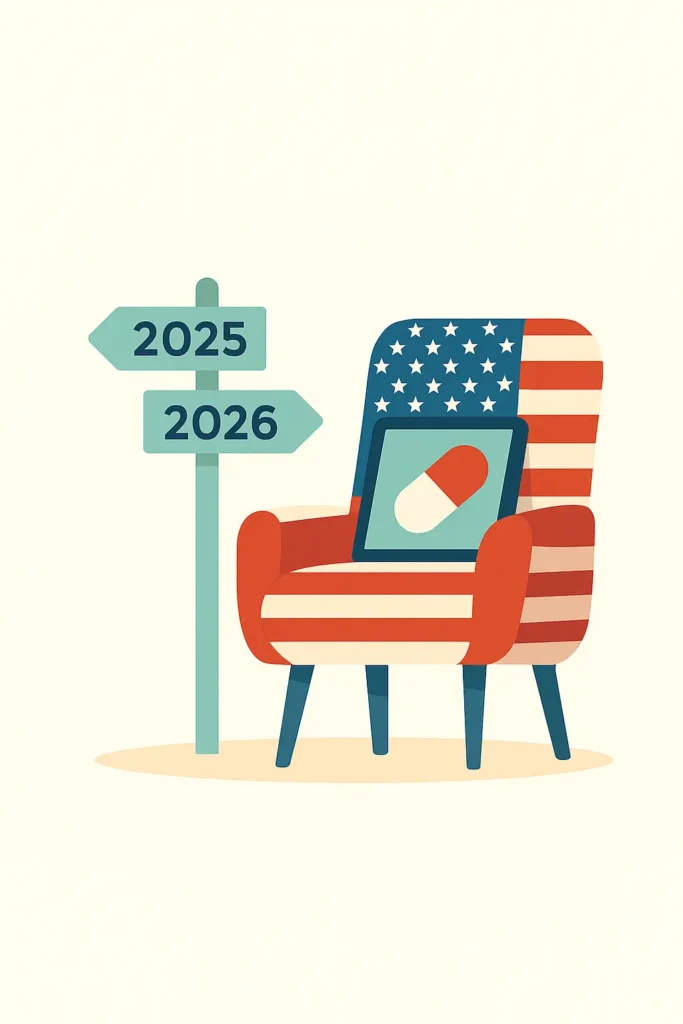WARC 2025 Report: The Future of Media
Highlighting media's evolution, AI-driven search, and commerce growth.
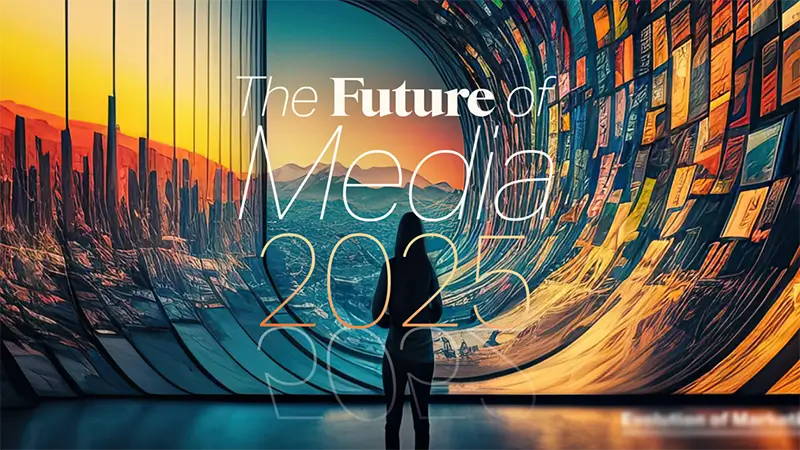
WARC’s latest Future of Media 2025 report highlights key trends shaping the global media and advertising landscape, as advertising spend surpasses the $1 trillion milestone. With a projected 10.7% increase in 2025, global advertising expenditure is set to reach $1.08 trillion, growing at a rate significantly outpacing global economic expansion.
The Challenge and Opportunity of Media Abundance
The modern media ecosystem offers a vast array of options for advertisers, bringing both opportunities and challenges. According to Paul Stringer, Managing Editor, Research & Insights at WARC, “Today, media is so vast, so complex, and so changeable, that it can be difficult for brands to make sense of it all.”
Advertisers are now focusing on balancing cost and quality while leveraging AI-driven media solutions and emerging retail media networks. This complexity makes holistic planning critical, requiring brands to strategically select and integrate media channels based on reach, quality, and price to maximize short- and long-term effectiveness.
The Changing Landscape of Search and AI’s Role
The report highlights the shifting dynamics of search, where traditional platforms like Google, which currently commands over 80% of the global search market, face increasing competition from social and retail-based search platforms. Younger consumers, in particular, are turning to social media for brand discovery, signaling a transformation in search behaviors.
AI is playing a central role in...
Sign up for full access – it’s 100% free!
Create your FREE account to continue reading and explore more expert insights on Pharma Media.
✅ Free. Fast. No commitment.




